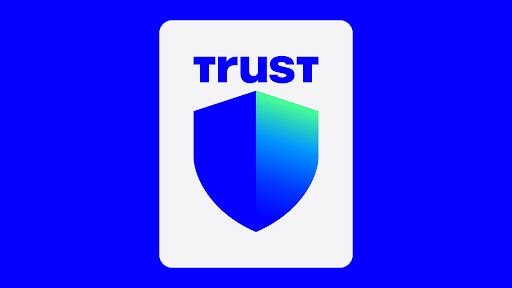Table of Contents
- Comprehensive Casino Game Plinko Reviews – Strategies, Tips, and Insights
- Understanding Gameplay Mechanics
- Critical Aspects to Consider
- Effective Techniques for Maximization
- Analyzing Patterns
- Adjusting Bet Sizes
- Utilizing Bonuses Wisely
- Understanding the Mechanics of Plinko
- The Role of Pucks in the Game
- Understanding the Paytable
Comprehensive Casino Game Plinko Reviews – Strategies, Tips, and Insights
Understanding Gameplay Mechanics
At its core, this experience operates on a simple yet engaging principle. Players drop a ball down a vertically aligned board filled with pegs. As the ball plinko game descends, it encounters barriers that alter its path, ultimately landing in one of several slots at the bottom, each representing different outcomes based on the amount wagered.
Critical Aspects to Consider
- Probability Distribution: Each slot’s payout correlates with its relative position, affecting the likelihood of achieving a favorable outcome.
- Expenditure Management: Set a clear budget before starting. Effective bankroll management can prolong your experience and increase the potential for profit.
- Game Variations: Familiarize yourself with different types of setups. Each variation may offer unique features such as multipliers or bonuses that can enhance the overall experience.
Effective Techniques for Maximization
Employing particular methodologies can substantially influence success rates. Below are actionable pointers for improving your gameplay:
Analyzing Patterns
Despite its inherent randomness, identify trends over multiple rounds. Keeping a log of outcomes can provide insights into favorable positions, guiding future decisions.
Adjusting Bet Sizes
- Start Small: Begin with minimal stakes to assess the environment without significant risk.
- Gradual Increases: If winning, consider progressively raising your stakes to leverage positive momentum.
- Limit Losses: Establish a cap on losses per session to mitigate risk and preserve your balance.
Utilizing Bonuses Wisely
Many platforms provide various incentives, such as welcome bonuses and promotional offers. These can be excellent opportunities to extend your playtime without additional expenditure. Always check the terms associated with these promotions to understand the wagering requirements.
Ultimately, creating an informed approach allows for a more rewarding experience. By comprehensively understanding gameplay mechanics and applying intelligent methodologies, participants can enhance both their enjoyment and their potential for successful outcomes.
Understanding the Mechanics of Plinko
The structure of the playing field is crucial in determining outcomes. Typically, the board comprises a series of pegs arranged in a triangular layout. As the puck descends, it collides with these pegs, creating a randomized path. This setup not only adds an element of chance but also influences potential winnings based on the chosen slot at the board’s base. Understanding these configurations can help players predict high-frequency drop zones.
The Role of Pucks in the Game
Pucks serve as the primary units of play, significantly impacting results. Their weight and design can affect how they bounce off pegs, altering their trajectory. Experimenting with different puck types may yield varying outcomes. Players should consider factors like speed and angle of release, as these aspects dictate how the puck interacts with the board. Observing how pucks respond in different positions can provide insights into effective dropping tactics.
Understanding the Paytable
A detailed paytable is vital for players aiming to maximize returns. It typically outlines potential payouts based on where the puck lands at the bottom. Key points to watch for include high-yield slots and their probabilities. Players should focus on spots that not only offer better payouts but also demonstrate a higher frequency of success based on past rounds. Analyzing these patterns can enhance decision-making and improve overall results.
In developing effective approaches, it’s essential to adopt a mindset geared towards observation and adaptability. Employing a systematic method for puck placement increases the chances of hitting favorable slots. Keeping track of winning patterns and adjusting strategies accordingly can lead to improved outcomes. Remember, while luck plays a substantial role, informed choices can significantly influence overall performance.


